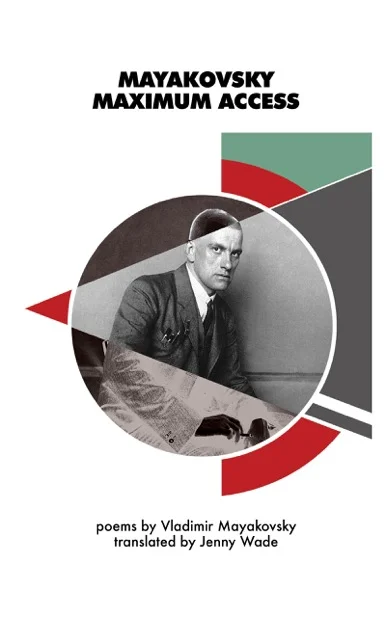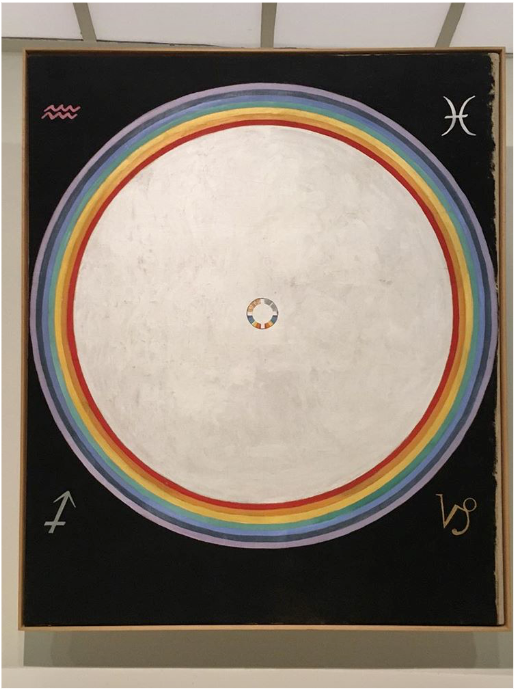Reggae rock exists as a subgenre of reggae that started in Southern California and rose to popularity in the late 1990s and early 2000s. Bands like Sublime and Slightly Stoopid became the leading forces of the reggae rock movement, whose lyrical focus on consciousness, love, and daily struggles incorporates elements of punk, rock, hip-hop, and root reggae. Artists within this genre were able to cultivate a movement that is both a reflection and combination of all these elements.
Read MoreIn the mesmeric Italian region of Liguria, a new sport has made its way through the waves, thanks to the empowering initiative of two women, one working in hospitality and the other engaged as an avid surfer. Maddalena Canepa and Lorena Rasolo have imported to the enchanting Alassio a competitive physical activity that was founded in 2005 in Northern France and introduced on the Côte d'Azur in 2014 by Sophie Chipon, a Professor at the Sorbonne, who felt the urge to enhance her coastal city with a new sport that is now expanding across the globe.
Read MorePartners in life and in filmmaking, Lorena Luciano and Filippo Piscopo, have always made documentaries that would spread awareness on social justice, human rights, the environment, and the arts. Their most recent work, It Will Be Chaos (Sarà il caos) is an HBO documentary, in Association with Film2, that depicts how life in the South of Italy is thrown into disarray as refugees arrive by the thousands.
Read MoreIn an interview aired by the Louisiana Channel, Adonis recounts memories from a simple childhood. “There was no school in the village,” he reflects on his first home, a poor Syrian farming town. “There was no electricity either.” He sketches a portrait of an uncluttered life: one without cars, or high-tech gadgets, or formal education. What he had, he testifies with a wistfulness intrinsic to his work, was his culture. “And the essence of the old Arab culture,” he asserts, “is poetry.”
Read MoreAlbert Camus said that to create is to live twice and, in the case of James Baldwin, this is especially evident in 2019. Why, do you ask, has Baldwin’s fiction recently been adapted into an Academy Award nominated film by Barry Jenkins (If Beale Street Could Talk) while his life has inspired the art exhibition God Made My Face: A Collective Portrait of James Baldwin curated by Hilton Als at the David Zwirner Gallery in New York City (along with accompanying film screenings). The 2016 documentary I Am Not Your Negro (based on Baldwin’s unfinished manuscript, Remember This House) was a runaway success and it seems that our appetites are barely whetted for more.
Read MoreJenkins’ latest feature, an adaptation of James Baldwin’s If Beale Street Could Talk, concludes what can be considered a Trilogy of Black Masculine Intimacies. All three of Jenkins’ features assume a position about intimacy, more specifically a position about the shared romantic, albeit often warped, intimacies of Black men.
Read MoreRick Moody—acclaimed novelist, short story writer, essayist and incredibly socially and politically-conscious individual—was kind enough to speak with us regarding the impact of innovative technologies (most specifically social media) and their effects on upcoming political elections. He also discusses literature, the impetus to combine politics and aesthetics in his prose, his 2016 Election Diary and political involvement by those who dwell outside of the “process.”
Read MoreWhen my mother first received the breaking news of Amos Oz’s passing, gasping as the Haaretz news headline slid across her iPhone screen, I could sense her shock from opposite Starbucks. Glancing back from the barista counter, in line for our drinks and watching her expression absorb grief from the report, I read her lips as she mouthed the headline: “Amos Oz, Author and Peace Advocate, to Be Laid to Rest.”
Read MoreWhat do you do when there is a, “Army of serial killers, mad scientists, and ultra rich sociopaths” after you?
Why, you summons your alter, “Larissa Ekaterina Anastasia Nikolayevna Romanova, tsaritsa of all the Russias,” and embark upon Larissa Shmailo’s cornucopiac literary odyssey, Sly Bang, of course.
During the 2016 election, I worked at a large, well known national nonprofit. The organization was firmly part of the political establishment, and among my colleagues, getting tickets to Lin-Manuel Miranda’s frequently sold-out musical “Hamilton” was a marker of social status on par with visiting Cuba in the wake of the warming of Cuba-US relationships. I personally never really understood the appeal of Hamilton. It was everywhere, so I had of course listened to parts of the soundtrack, but it never appealed to me. Overdone. Corny. Yet it sparked something in others.
Read MoreThe first time I saw Kiki Layne perform, I was 17 years old. She was playing Oya in a production of “In The Red and Brown Water,” and I was running props backstage. I remember seeing her in this powerful role and thinking, “Wow. She is going to be famous. She has to be.” When I saw that this year, she was starring in Barry Jenkins’ newest feature film, I knew that “If Beale Street Could Talk” would be a must-see movie. I settled into a plush movie theatre seat last week and was drawn into a delicate, honest, and dynamic romantic drama that James Baldwin would have been proud to witness.
Read MoreOver the past several years there has been a number of American history books that have taken up the task of providing the reading public with a grand narrative of who and what we are as Americans.
Read MoreThe af Klint exhibition at the Guggenheim is a sublime encounter, simultaneously entirely familiar yet alien and unexpected. Born in 1862, af Klint was a painter preoccupied with mysticism. One of the first women to receive a higher education at the Royal Academy of Fine Arts in Stockholm, she painted commercially for money but pursued mysticism throughout her life. As a teenager, she “participated in spiritistic séances but gave them up due to their lack of seriousness” and in her 30’s she and four other female artists founded a spiritual group that met once a week. The group made contact with spiritual beings which culminated in af Klint channeling the messages she received in a collection of 193 paintings, the majority of which are shown in this exhibition.
Read MoreA common refrain in current activism is “Listen to Black Women”. When the latest traumatic news cycle starts, a chorus of commentators and thinkers invariably chime in, trying to either explain or deny or commodify the moment we find ourselves in. A pervasive response? Listen to black women. This moment is a deep and long overdue reckoning that will take years to unfold - it has of course been building for hundreds of years and is so nuanced so as to require a continual deep engagement etc. But for guidance - what do we listen to? And how?
Read MoreHieroglyphics is an Oakland based hip-hop collective that has always thrive to dismantle music by tackling the social consciousness through their scrupulous wordplay. With their extensive knowledge of hip-hop, Hieroglyphics focused more on the lyrical flow rather than the gangster life and always positioned themselves as the alternative to the mainstream and this is best exemplified with their first studio album, 3rd Eye Vision.
Read MoreCanals filled with turquoise water instead of streets bustling with cars and bicycles come to mind when I think of Venice. Joseph Brodsky’s essay Watermark (1993) resonates deeply with the visitor, as does a watery dream conjured by Robert Altman: I was immediately reminded of his film, 3 Women (1977) upon arrival. Brodsky only visited Venice in December for he longed to celebrate the beginning of a new year with “a wave hitting the shore at midnight.” He explained “that, to me, is time coming out of water.” Brodsky also described the city as being “part damp oxygen, part coffee and prayers” and he described the canal-side structures as “upright lace.” Brodsky, born in Leningrad, was exiled from his homeland due to his “having a worldview damaging to the state, decadence and modernism, failure to finish school, and social parasitism . . . except for the writing of awful poems” (Brodsky went on to win the Nobel Prize in Literature in 1987). He thought of Venice as the closest incarnation of Eden and “the greatest masterpiece our species produced.”
Read MoreThere are many possible ways to make a documentary about art and money. One tack might be to focus on the question of art’s value. Where does this value lie? Is art more valuable than a house? Than liberty? A human life? These are interesting questions, but unfortunately, Nathaniel Kahn’s new documentary, The Price of Everything, barely touches on them. Another approach might be to cast a broader net, and discuss blue chip art as one of many models artists have of making money off their work: regional artists selling to a local market, performance artists living off commission, workaday artists making souvenirs for tourists. These lives are interesting too, but Kahn’s documentary makes no mention of them. One could even make a comparative study of the few activities that receive market attention versus the many that have been practiced and continue to be practiced with no relation to markets at all: hobbies, cave paintings, ritual objects, outsider and underground art, decorative doodles in the margins of notebooks. This would be a fascinating typology, but unfortunately, Kahn’s documentary does not attempt it.
Read More


















